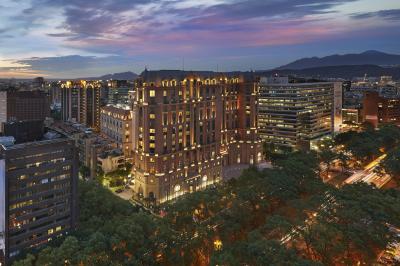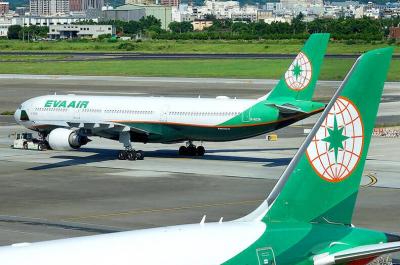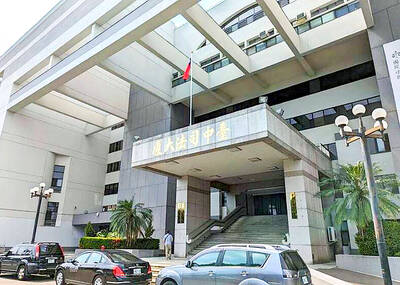A Chinese Nationalist Party (KMT) delegation is slated to depart for China on Monday to pay homage to KMT patriarch Sun Yat-sen (
The KMT confirmed yesterday that former deputy legislative speaker and Chinese Nationalist Party (KMT) heavyweight Chiang Pin-kun (
KMT Chairman Lien Chan (
It is believed that the delegation might also have plans to visit Beijing, as the trip comes on the heels of Beijing's recent passage of the "Anti-Secession" Law, legislation that China believes authorizes the use of "non-peaceful means" against Taiwan. The delegation's departure will also come just two days after a March 26 rally protesting the Anti-Secession Law.
KMT spokeswoman Cheng Li-wen (
She said that KMT spokesman Chang Jung-kung (
Beijing's Taiwan Affairs Office (TAO) also said yesterday that it had not been in contact with the KMT regarding the visit, according to a report in Hong Kong's Wen Wei Po.
An unnamed TAO official was quoted in the report as saying that the office had learned of the trip from media reports only.
The Mainland Affairs Council (MAC), the government agency responsible for the nation's China policy, has refrained from commenting on the KMT's trip. Following the passage of the Anti-Secession Law, the council has said on several occasions that it would not impose any restrictions on those wishing to travel to China, but added that anyone who visits China does so at their own risk.
While the KMT has made clear that the main purpose of its impending trip is to mark the death of Sun, the party has in the past sent delegations to China to discuss state affairs.
The KMT had sent a delegation to Beijing and met with TAO officials just as cross-strait dialogue on Lunar New Year charter flights got underway.
At the time, while a trip to China by the government-authorized Taipei Airlines Association had been shrouded in secrecy, the KMT delegation was given a high profile welcome.

The first global hotel Keys Selection by the Michelin Guide includes four hotels in Taiwan, Michelin announced yesterday. All four received the “Michelin One Key,” indicating guests are to experience a “very special stay” at any of the locations as the establishments are “a true gem with personality. Service always goes the extra mile, and the hotel provides much more than others in its price range.” Of the four hotels, three are located in Taipei and one in Taichung. In Taipei, the One Key accolades were awarded to the Capella Taipei, Kimpton Da An Taipei and Mandarin Oriental Taipei. Capella Taipei was described by

EVA Airways today confirmed the death of a flight attendant on Saturday upon their return to Taiwan and said an internal investigation has been launched, as criticism mounted over a social media post accusing the airline of failing to offer sufficient employee protections. According to the post, the flight attendant complained of feeling sick on board a flight, but was unable to take sick leave or access medical care. The crew member allegedly did not receive assistance from the chief purser, who failed to heed their requests for medical attention or call an ambulance once the flight landed, the post said. As sick

The Taichung District Court yesterday confirmed its final ruling that the marriage between teenage heir Lai (賴) and a man surnamed Hsia (夏) was legally invalid, preventing Hsia from inheriting Lai’s NT$500 million (US$16.37 million) estate. The court confirmed that Hsia chose not to appeal the civil judgement after the court handed down its ruling in June, making the decision final. In the June ruling, the court said that Lai, 18, and Hsia, 26, showed “no mutual admiration before the marriage” and that their interactions were “distant and unfamiliar.” The judge concluded that the couple lacked the “true intention of

A drunk woman was sexually assaulted inside a crowded concourse of Taipei Railway Station on Thursday last week before a foreign tourist notified police, leading to calls for better education on bystander intervention and review of security infrastructure. The man, surnamed Chiu (邱), was taken into custody on charges of sexual assault, taking advantage of the woman’s condition and public indecency. Police discovered that Chiu was a fugitive with prior convictions for vehicle theft. He has been taken into custody and is to complete his unserved six-month sentence, police said. On Thursday last week, Chiu was seen wearing a white